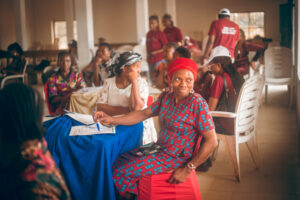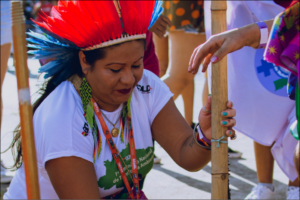Newsroom
Discover how we are advancing gender, climate, and environmental justice through timely news and stories from our network of partners worldwide. Explore the GAGGA Newsroom for the latest updates, media mentions, upcoming events, and press releases.
Latest News in GAGGA
Dive into the latest news and updates from GAGGA and learn about our global initiatives, call to actions, and milestones.
We’re Hiring: Alliance Coordinator
GAGGA is looking for a new Alliance Coordinator to join our team. This is an exciting opportunity to help strengthen our shared strategy, support collective governance processes, and foster collaboration…
Women at the Frontlines A case study analysis of the gender, conflict and climate nexus
Women at the Frontlines, Stories, Analysis, and Strategies from Climate and Conflict Zones This brochure offers a vivid glimpse into the realities, resistances, and solutions led by women, trans, and…
Policy Brief: Dismantling the Gender, Conflict, Climate Nexus
At the Crossroads of Gender, Conflict and Climate: A Call for Feminist Action Women, girls, and gender diverse communities, especially those from Indigenous, Afro descendant, and rural territories, are on…
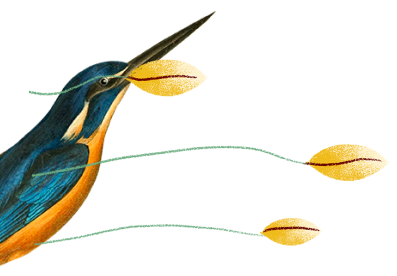


GAGGA in the News
Discover how GAGGA is making headlines and see our mentions in various media outlets.

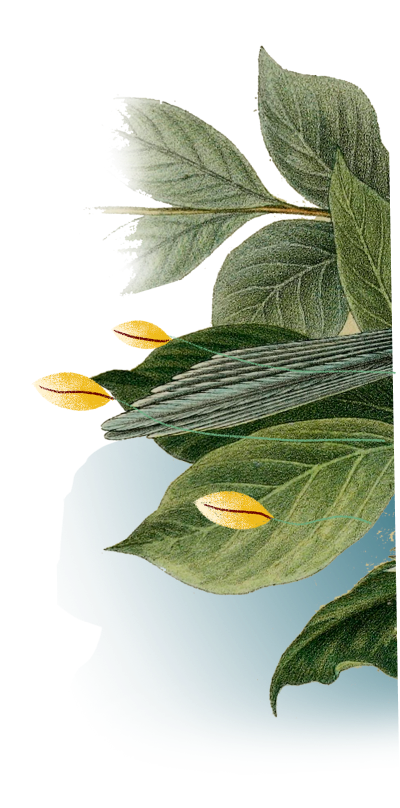

Events in GAGGA
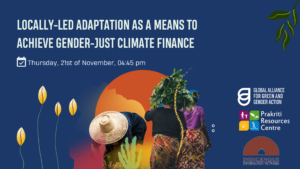
Locally-Led Adaptation for Gender-Just Climate Finance
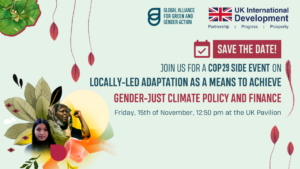
Locally-Led Adaptation as a Means to Achieve Gender-Just Climate Policy and Finance
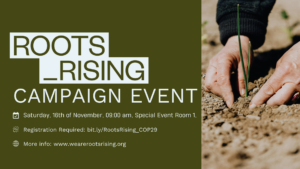
Roots Rising Campaign Event!
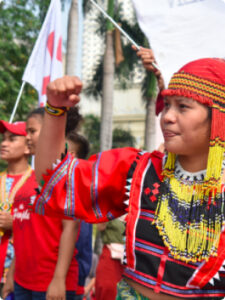
Join our COP26 side event on gender-just climate finance

#GAGGAatCOP28 Side Event: Links and Resources
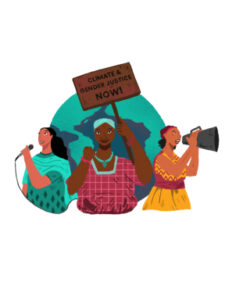
Relevant updates for GAGGA network on UNFCCC – COP 26

Press Releases






